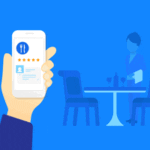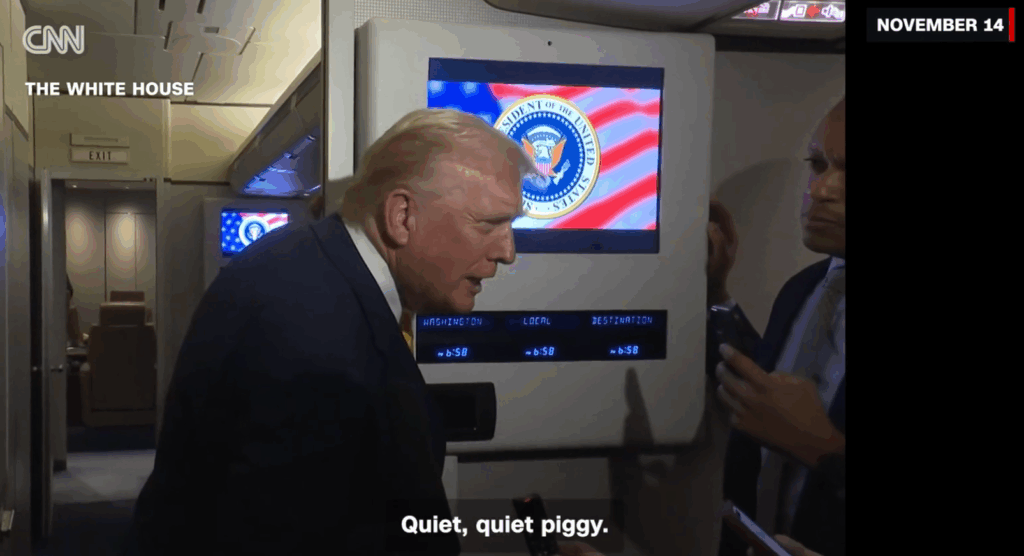 The rise of social networks, search engines and mobile devices has given rise to a new mobile engagement loop that brands simply cannot ignore.
The rise of social networks, search engines and mobile devices has given rise to a new mobile engagement loop that brands simply cannot ignore.
Brands need to apply a new model to align with customer’s current path to purchase. The marketing funnel that has long guided the marketer’s playbook is an artifact of the traditional days of broadcast marketing and doesn’t take into account the immense amount of information, choice and control at customers’ fingertips in the mobile era.
The rise of mobile and the mobile engagement loop
With mobile technology fully part of the modern shoppers’ psyche, brands must be ready to deliver valuable interactions on the mobile channels they are spending the majority of their time in and want more of, primarily in apps and mobile wallets.
The mobile engagement loop is designed for today’s consumer. It recognizes that the typical journey is a dynamic, multi-step process that is at the mercy of how information and consideration flows through our customer’s minds.
We like to think of decision-making as linear. The truth is that it’s messy. It’s better to think of customer journeys as a series of fits, starts and do-overs. In addition to being inaccurate, a linear model leaves a lot of money on the table, because once they’re out of the funnel they’re gone for good. Relationships, as we know don’t work that way. As such, the mobile engagement loop challenges marketers to think beyond one conversion cycle by aligning to the customer journey and building long-term customer relationships. With a holistic view of customer interactions on mobile, brands can provide users with relevant content at the right time throughout the customer journey.
The mobile engagement loop includes four stages in which brands encourage customers to opt in to communications, build trust with the customer by personalizing content and turn customers into loyal advocates.
- Onboarding
A brand’s first opportunity to make a good impression with the customer is onboarding. Proper onboarding increases the likelihood that users will do important things like opt in to notifications, which greatly increases your likelihood of being able to show the value you can provide and ultimately build a long-term relationship. On mobile, for example, if a brand doesn’t engage with its customers within 30 days of download, 70% of users abandon the app, according to Urban Airship research.
Movie-rental giant Redbox communicates with new users right when they download the app by sending a welcome push notification with a coupon code encouraging first-time users to register. These personalized welcome messages ultimately drove more than 300% greater redemption than its typical promotions. Providing users with valuable content from the start encourages them to come back and turn on notifications and messages, enabling Redbox to reach them with weekly movie picks. It also builds trust with users and creates a positive brand association.
- Conversion
Customers want personalized messages, so brands must tailor content based on individual preferences and actions. For example, if a user views a product multiple times in an app, send a tailored push notification or in-app message asking if he’d like to add it to his wishlist or receive alerts if the item goes on sale. These one-on-one moments are key for retaining customers and showing them you care. Personalized messages are 4-7x more effective than generic, broadcast ones.
Brands can customize messages by leveraging current events and mobile-specific technologies. Even a single targeting element like location history can boost response four to five times. Retailers are a natural fit for this strategy. For example, they can use people’s interests and geofences or location history to craft a highly targeted campaign about an upcoming workshop or store event. Brands that have implemented this strategy have seen message response rates skyrocket. The US Open achieved a 32 percent conversion rate on last-minute ticket offers by zeroing in on users who had looked at tickets in the app, had previously been to the tournament as noted by beacons and were currently still within driving distance via geofences.
- Retention
After you’ve started meaningful one-on-one conversations with customers, brands need to keep that momentum by answering the question “How am I simplifying users’ lives?” The most successful brands understand how users want to use their app and serve them content based on their priorities and preferences.
Many apps are downloaded but quickly forgotten. In 2016, it’s projected that consumers will download 224 billion apps, a huge number that reinforces the need for the right mobile strategy.
How can you make sure your brand stands out? First, give customers the option to opt-in to push notifications. Those who opt-in have twice the retention rate as those who opt-out. The NHL, for instance, displays a message explaining the value of opting in, which boosted its opt-in rate 10%—a 31% growth rate—over what it was seeing without an explanation ahead of default permission dialogues.
Second, brands should leverage the insights inside and outside the app to better understand the content and interactions that customers want. People clicking on interactive notifications outside the app arms brands with valuable information to provide personalized content. Last, it’s crucial to get your communication cadence correct — too much communication can annoy users, not enough communication can lead to lower app usage.
- Re-engagement
The mobile engagement loop recognizes that users sometimes become dormant and disengage with brands. If that happens, brands still have the opportunity to win them back and reignite the relationship.
Mobile data used in conjunction with other channels can help brands retarget previously active users with social ads or emails that give them a reason to come back or seek to understand why they left. Brands also use data to engage with customers on another channel like mobile wallet by connecting to a loyalty program or delivering ongoing content updates or promotions.
To implement this strategy, determine the offer and message type that may entice users to come back. Do they just need a gentle reminder, or maybe an incentive to spark their interest? Do they know about the latest functionality just added to your app? Ask why they left in the first place and get feedback on how you can improve their app experience. Test various types of communication channels: push and in-app message centers if they still have the app, or email and social ads if they don’t.
Mobile has become an essential on the path to purchase, and staying top of mind for customers every step of the way is vital to fostering strong customer relationships. Brands must shift the paradigm from a historically linear path to purchase to one where a consumer moves from offline to digital experiences seamlessly as they research, comparison shop, and ultimately purchase from anywhere. The mobile engagement loop is your ticket to a positive branded mobile experience.
Bill Schneider is the senior director of project marketing at Urban Airship.



